Home>Interior Design>A Charming Early-Victorian Coach House In Dorset
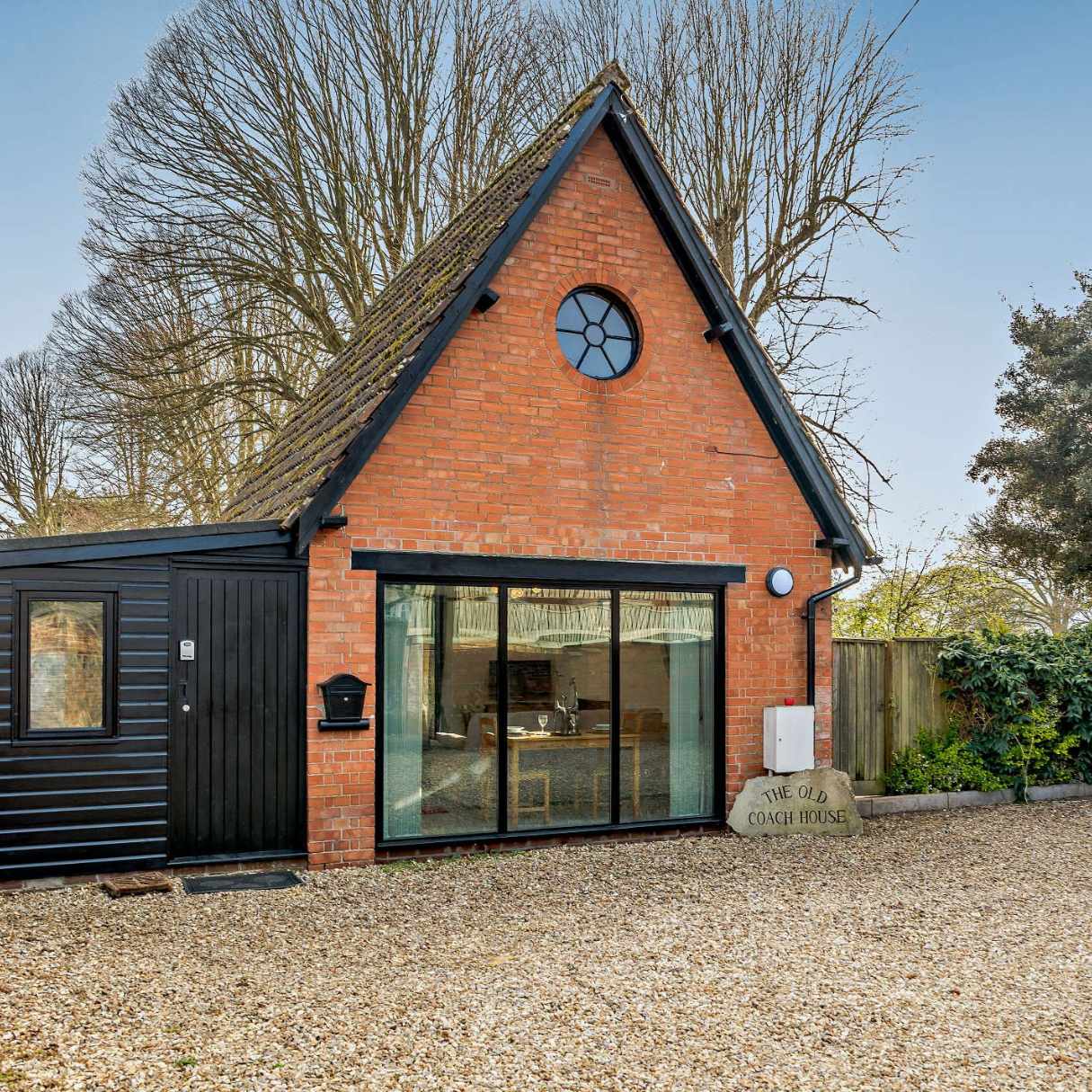

Interior Design
A Charming Early-Victorian Coach House In Dorset
Modified: January 19, 2024
Discover the exquisite interior design of this charming early-Victorian coach house in Dorset, blending classic elegance with modern sophistication. Explore the timeless beauty and impeccable craftsmanship that define this stunning property.
(Many of the links in this article redirect to a specific reviewed product. Your purchase of these products through affiliate links helps to generate commission for Storables.com, at no extra cost. Learn more)
Introduction
Welcome to the enchanting world of the early-Victorian coach house nestled in the picturesque county of Dorset. This charming architectural gem showcases a unique blend of timeless beauty and historical significance, making it a sought-after destination for lovers of interior design and architectural history.
With its rich history and distinctive features, the coach house stands as a testament to the craftsmanship and ingenuity of the era. From its humble beginnings as a functional space for housing horses and carriages, it has since been transformed into a refined and elegant dwelling, seamlessly blending its original character with modern amenities.
In this article, we will delve into the fascinating history of the coach house, explore its architectural features, delve into its interior design and layout, learn about the renovations and modernizations it has undergone, and uncover the magic of its surrounding grounds and gardens. Let’s step inside and discover the captivating world within the walls of this remarkable early-Victorian masterpiece.
Key Takeaways:
- Step into the enchanting world of an early-Victorian coach house in Dorset, where historical charm meets modern comfort in a captivating blend of timeless beauty and architectural significance.
- Immerse yourself in the captivating allure of a bygone era as you explore the architectural masterpiece and surrounding grounds of the early-Victorian coach house in Dorset, a cherished blend of historical charm and modern livability.
Read more: How To Design A Victorian House
History of the Coach House
The history of the coach house dates back to the early 19th century when it was originally built as an essential component of a larger estate. At that time, carriages were the primary mode of transportation, and the coach house served as a hub for housing and maintaining these elegant vehicles.
The coach house was often situated adjacent to the main residence, providing convenience and easy access to the horses and carriages. It was designed to accommodate multiple carriages, with spacious stables for the horses and storage areas for equipment and supplies.
As advancements in transportation emerged, such as the introduction of motor cars, the need for traditional horse-drawn carriages diminished. Many coach houses fell into disuse and neglect, but some were fortunate enough to be repurposed and transformed into unique living spaces.
In the case of our early-Victorian coach house in Dorset, it underwent a remarkable transformation in the mid-20th century. The estate on which it was situated underwent changes in ownership and usage, leading to the conversion of the coach house into a dwelling that embraced its historic charm while adapting to the needs and preferences of modern life.
Today, the coach house stands as a testament to the bygone era of horse-drawn carriages and serves as a captivating reminder of the rich history and architectural heritage that shape the character of Dorset. It stands as a cherished piece of local history and a testament to the craftsmanship and vision of the past.
Architectural Features
The architectural features of the early-Victorian coach house in Dorset are a true delight for design enthusiasts and history buffs alike. The structure exhibits a harmonious blend of classical elements and traditional charm, showcasing the exquisite craftsmanship of the era.
One of the standout features is the steep-pitched roof, which not only adds visual interest but also serves a practical purpose in shedding snow and rain. The roof is typically adorned with ornate finials and decorative cresting, adding a touch of elegance to the overall design.
Another notable feature is the imposing entrance archway, often framed with intricate moldings and carved details. The archway acted as the main entry point for carriages, creating a grand welcome for both residents and visitors.
Furthermore, the coach house typically boasts large windows, designed to maximize natural light and ventilation while providing panoramic views of the surrounding landscape. These windows are often framed with decorative moldings and dressed with elegant curtains, adding a touch of refinement to the interior spaces.
Inside, the coach house features high ceilings, which not only create a sense of grandeur but also contribute to improved air circulation. The spaciousness of the rooms enhances the overall aesthetic appeal and offers flexibility for interior design and layout.
The architectural style of the coach house is characterized by a combination of classic Victorian elements, such as elaborate cornices, intricate woodwork, and embellished facades. These details showcase the skillful craftsmanship of the era, reflecting the attention to detail and love for intricate ornamentation.
Overall, the architectural features of the early-Victorian coach house in Dorset stand as a testament to the timeless elegance and exquisite design that define the era. These features not only capture the attention of admirers but also provide a glimpse into the historical context in which the coach house was originally constructed.
Interior Design and Layout
The interior design and layout of the early-Victorian coach house in Dorset seamlessly blend historical charm with modern comfort. Step inside, and you’ll be greeted by a sensory journey that pays homage to the elegant aesthetics of the era while catering to the needs and preferences of contemporary living.
The foyer sets the tone for the interior design, with its high ceilings, grand staircase, and intricate details. It serves as a transitional space that connects various areas of the coach house, creating a seamless flow between rooms.
The main living areas exude an air of sophistication, with carefully curated furnishings that reflect the period’s opulence. Classic Victorian-inspired pieces, such as plush velvet sofas, ornate chandeliers, and antique sideboards, create an ambiance of refined luxury.
In the dining room, a large wooden table, adorned with delicate china and sparkling crystalware, takes center stage. The room itself is embellished with rich tapestries, intricate wallpaper, and a magnificent fireplace, exuding a sense of warmth and conviviality.
The bedrooms are the epitome of comfort and tranquility. Adorned with sumptuous fabrics, plush bedding, and delicate lace curtains, each room offers a cozy sanctuary for relaxation. The early-Victorian influence is evident in the ornate bed frames, vintage dressing tables, and exquisite details that add a touch of romance to the space.
Throughout the coach house, attention has been given to preserving the original architectural features. The exposed wooden beams, intricately carved moldings, and decorative cornices stand as a testament to the craftsmanship of the past and add a unique charm to each room.
The interior layout is designed to accommodate modern living, with spaces that seamlessly blend functionality and aesthetics. Open-plan living areas offer flexibility for socializing and entertaining, while private nooks and sitting rooms provide cozy corners for relaxation and solitude.
Additionally, modern amenities have been incorporated discreetly into the design, with updated kitchen appliances, luxurious bathrooms, and state-of-the-art technology seamlessly integrated into the classic aesthetic of the coach house.
Overall, the interior design and layout of the early-Victorian coach house in Dorset strike a perfect balance between preserving its historical character and creating a modern living space. The result is a harmonious blend of elegance, comfort, and functionality that invites residents and visitors alike to experience the timeless beauty of this remarkable architectural gem.
When visiting an early-Victorian coach house in Dorset, be sure to take a guided tour to learn about the history and architecture of the building. Many coach houses have been converted into charming accommodations or museums, offering a unique glimpse into the past.
Renovations and Modernizations
Over the years, the early-Victorian coach house in Dorset has undergone several renovations and modernizations to adapt to changing times while preserving its historical charm. These updates have breathed new life into the structure, ensuring its longevity and relevance in the modern era.
One of the primary areas of focus during the renovations was the preservation of the original architectural features. Skilled craftsmen meticulously restored the ornate woodwork, repaired damaged moldings, and refurbished the intricate detailing that had weathered over time.
Simultaneously, modern advancements were seamlessly incorporated into the coach house. The plumbing and electrical systems were upgraded to meet current safety standards, ensuring comfort and convenience without compromising the integrity of the original design.
The kitchen was transformed into a modern culinary haven, featuring state-of-the-art appliances, ample storage space, and sleek countertops. Despite these modern updates, great care was taken to maintain the aesthetic harmony with the rest of the coach house, ensuring a seamless blend of old and new.
The bathrooms underwent a transformation as well, with luxurious fixtures, elegant tiling, and modern amenities carefully integrated into the existing spaces. The result is a perfect marriage of contemporary comfort and timeless elegance.
Another notable aspect of the renovations is the incorporation of sustainable and eco-friendly elements. Energy-efficient windows were installed throughout the coach house, allowing for improved insulation and reduced energy consumption. Furthermore, renewable energy sources, such as solar panels, may have been added to reduce the property’s environmental footprint.
These renovations and modernizations have allowed the early-Victorian coach house in Dorset to embrace the demands of modern living while maintaining its historical significance. The careful balancing act between preservation and modernization ensures that the coach house remains a relevant and cherished structure that can be appreciated by generations to come.
Surrounding Grounds and Gardens
The early-Victorian coach house in Dorset is not only a stunning architectural masterpiece but is also surrounded by captivating grounds and gardens that further enhance its appeal. The carefully designed outdoor spaces offer a tranquil retreat from the hustle and bustle of everyday life and provide residents and visitors with a serene setting to unwind and connect with nature.
The grounds surrounding the coach house are meticulously landscaped, with manicured lawns, vibrant flower beds, and majestic trees that offer shade and a sense of serenity. The use of native plant species, coupled with carefully planned seasonal blooms, ensures a vibrant and ever-changing display of colors throughout the year.
A prominent feature of the outdoor area is the enchanting courtyard, which is often paved with elegant stones, emphasizing the coach house’s historical character. The courtyard serves as a gathering place for residents and visitors, providing a charming space for outdoor dining, entertaining, and socializing.
The gardens surrounding the coach house are designed to evoke a sense of enchantment and provide a connection to the natural beauty of the surrounding countryside. Meandering pathways lead visitors through hidden alcoves, secret gardens, and picturesque vistas, encouraging exploration and discovery.
Water features, such as ornate fountains or tranquil ponds, add a sense of tranquility and provide a soothing soundscape for relaxation. These elements also attract local wildlife, further enhancing the overall ambiance of the outdoor space.
The grounds and gardens of the coach house are not only aesthetically pleasing but also functional. Outdoor seating areas, pergolas, and gazebos offer ample opportunities to enjoy al fresco dining or simply soak in the beauty of the surroundings.
The outdoor space is designed to be a haven for both humans and wildlife, with strategically placed bird feeders, nesting boxes, and butterfly gardens that attract a variety of species. This harmonious coexistence with nature adds an extra layer of charm and ecological sustainability to the property.
Whether taking a leisurely stroll through the gardens, enjoying a picnic on the expansive lawns, or simply sitting in contemplation amidst the natural beauty, the surrounding grounds and gardens of the early-Victorian coach house in Dorset are truly a feast for the senses, offering a sanctuary of peace and tranquility.
Current Use and Occupancy
The early-Victorian coach house in Dorset has found new life as a cherished residence, offering its occupants a unique and enchanting living experience. The property attracts individuals who appreciate the historical significance and architectural beauty of the coach house, while also seeking the comforts and conveniences of modern living.
As a residence, the coach house provides a range of living spaces that cater to the needs of its occupants. The carefully designed interior layout offers a blend of open-plan areas for socializing and private rooms for relaxation and solitude.
Each room exudes its own unique charm and character, with careful attention given to preserving the historical features and incorporating modern amenities seamlessly. The result is a harmonious and comfortable living environment that captures the essence of the past while catering to the demands of contemporary life.
Due to its captivating charm and distinctive character, the coach house may also have a secondary use as a luxury vacation rental or a venue for special events. Its timeless beauty and picturesque surroundings make it an ideal choice for those seeking a memorable and enchanting experience.
The coach house is often a popular destination for architecture and design enthusiasts who appreciate the craftsmanship and attention to detail that went into its construction. Tourists and visitors may have the opportunity to explore the grounds, gardens, and interior spaces, immersing themselves in the rich history and captivating ambiance of the property.
Whether it serves as a private residence, a vacation rental, or a venue for special events, the early-Victorian coach house in Dorset continues to captivate and inspire its occupants and visitors. Its unique blend of historical charm and modern livability ensures that it remains a cherished property in the heart of Dorset and a testament to the enduring beauty and legacy of Victorian architecture.
Conclusion
The early-Victorian coach house in Dorset stands as a testament to the timeless beauty of architectural design and the historical significance it holds. Its rich history, architectural features, interior design, and surrounding grounds and gardens all contribute to its allure as a captivating and enchanting property.
From its origins as a functional space for housing horses and carriages, the coach house has undergone a remarkable transformation, marrying its historical charm with modern comforts and amenities. The renovations and modernizations have ensured its relevance and longevity, allowing it to adapt to the needs and preferences of contemporary living without compromising its architectural integrity.
Visitors and occupants are greeted by a captivating interior that showcases both the grandeur of the past and the comfort of the present. The carefully preserved architectural features, ornate furnishings, and elegant design elements create a living space that is both visually stunning and harmoniously functional.
The surrounding grounds and gardens of the coach house add an extra layer of natural beauty and tranquility. The manicured lawns, vibrant flower beds, and hidden enclaves provide a serene backdrop for relaxation and contemplation, offering residents and visitors a peaceful retreat in the heart of Dorset.
Whether it serves as a private residence, a vacation rental, or a venue for special events, the early-Victorian coach house in Dorset continues to captivate and inspire all who encounter it. Its blend of historical charm, architectural magnificence, and modern livability make it a truly unique and cherished property.
Stepping into the world of the early-Victorian coach house in Dorset is an immersive experience that transports individuals to a bygone era, where elegance and craftsmanship reigned supreme. It is an opportunity to appreciate the artistry of the past while celebrating the comforts and conveniences of the present.
As we bid farewell to the captivating world within the coach house’s walls, it is a reminder of the enduring beauty and legacy of Victorian architecture. It serves as a reminder to each individual that by embracing our rich history, we can create a future that harmoniously blends the old and the new, resulting in a place of enchantment and timeless appeal.
Frequently Asked Questions about A Charming Early-Victorian Coach House In Dorset
Was this page helpful?
At Storables.com, we guarantee accurate and reliable information. Our content, validated by Expert Board Contributors, is crafted following stringent Editorial Policies. We're committed to providing you with well-researched, expert-backed insights for all your informational needs.
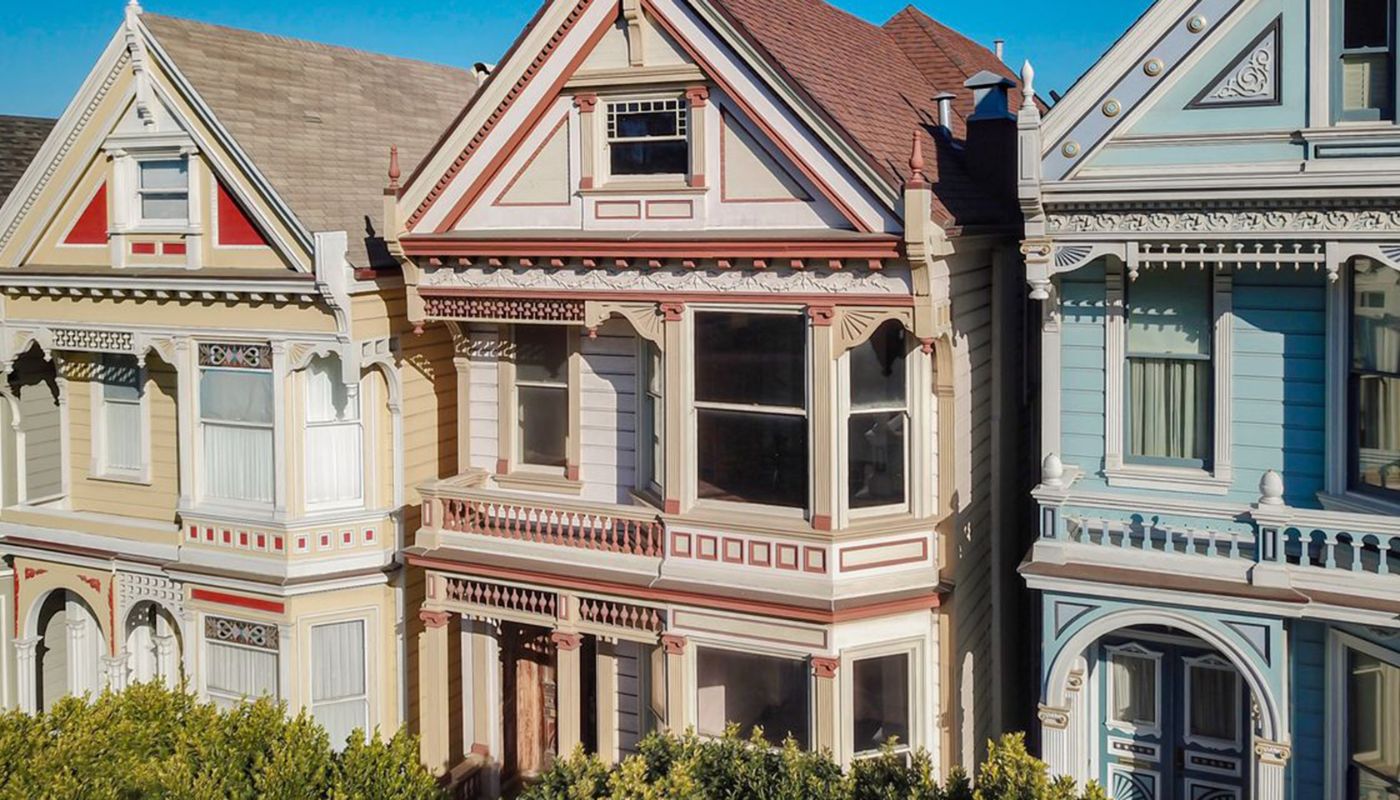
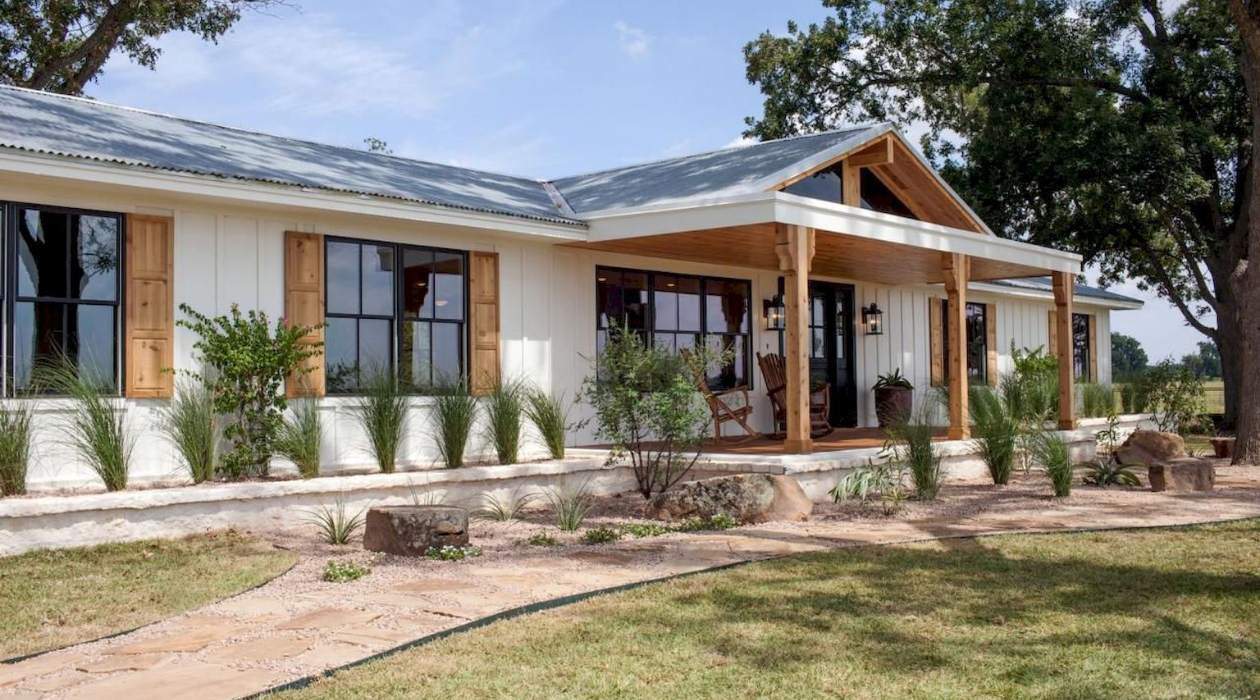
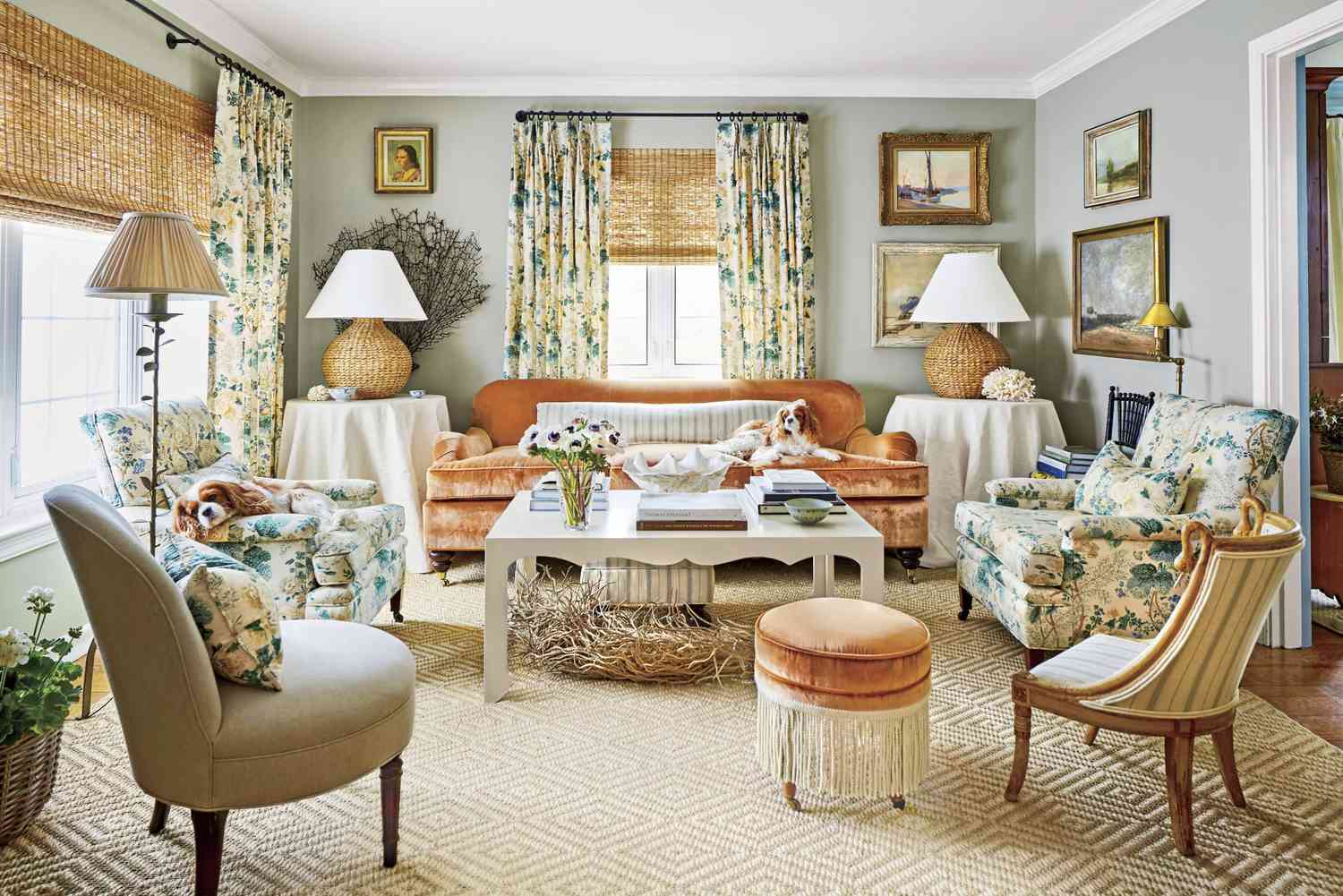

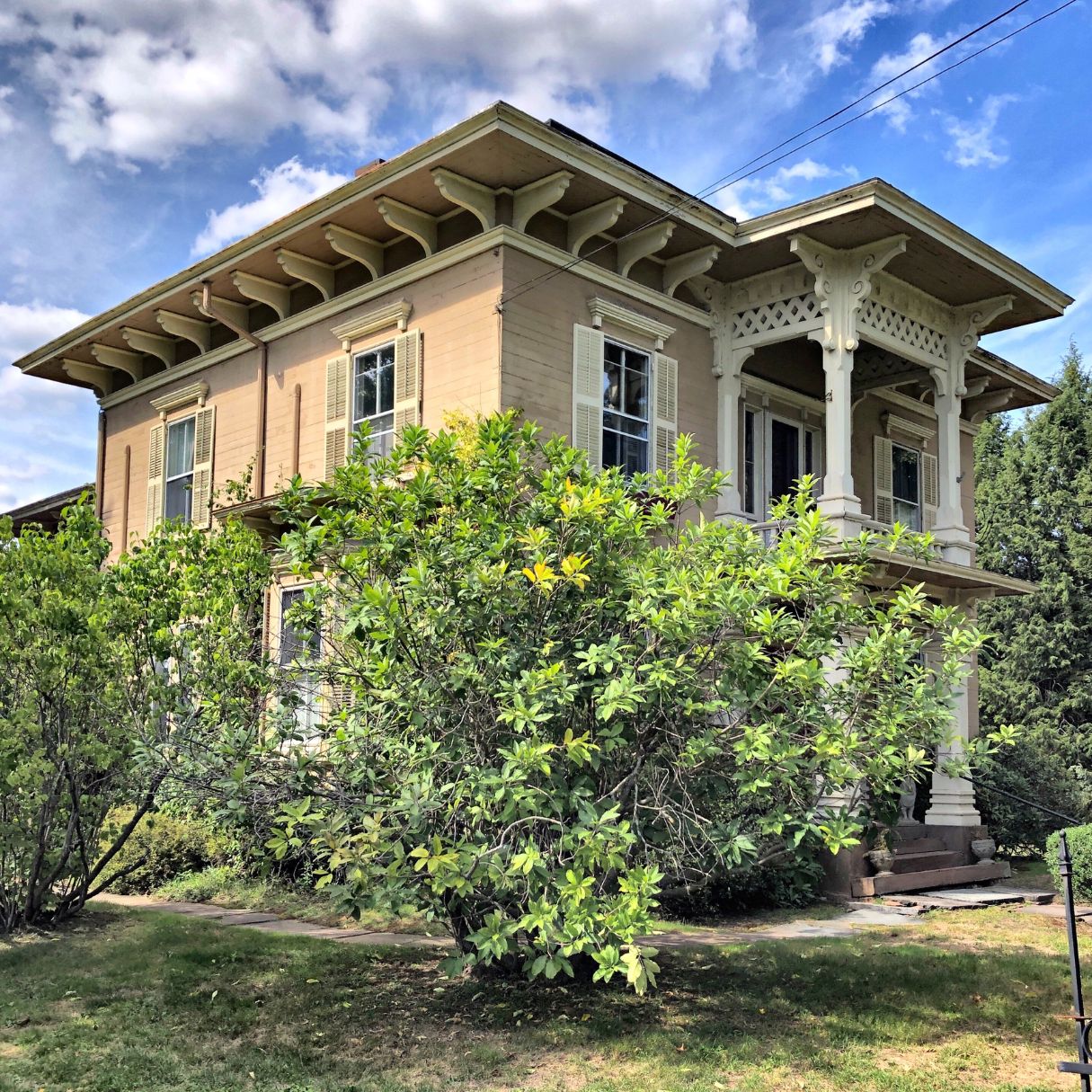

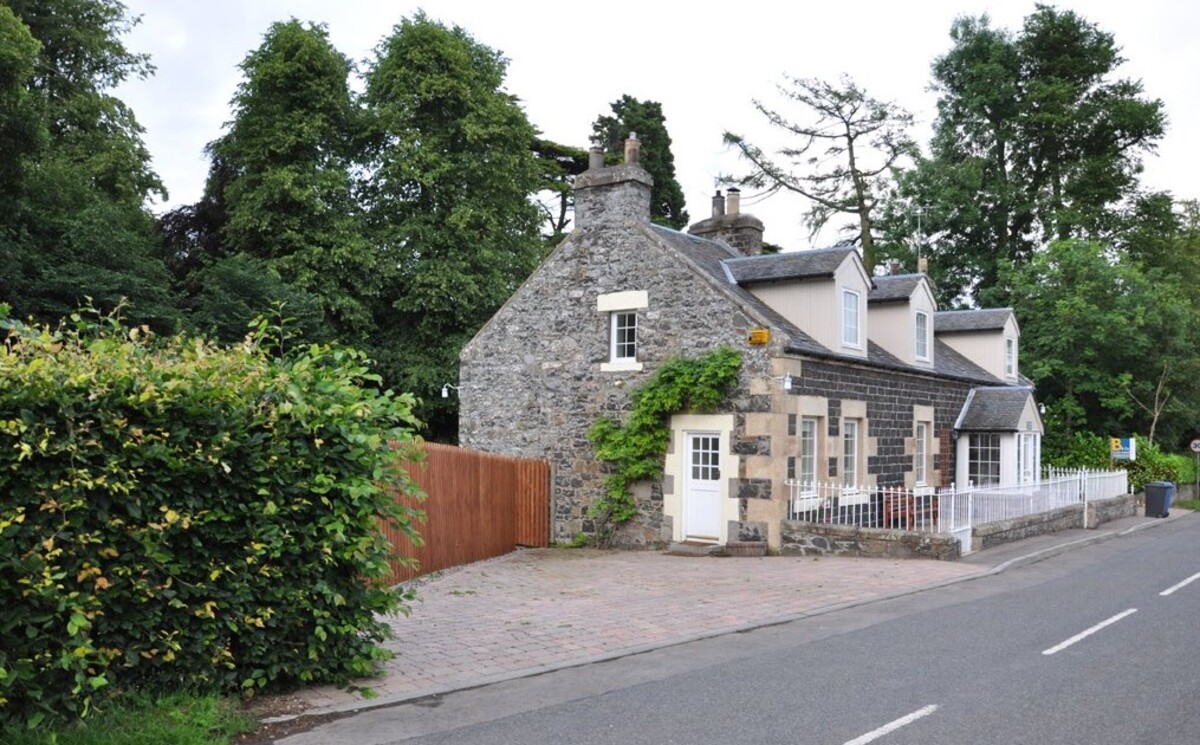

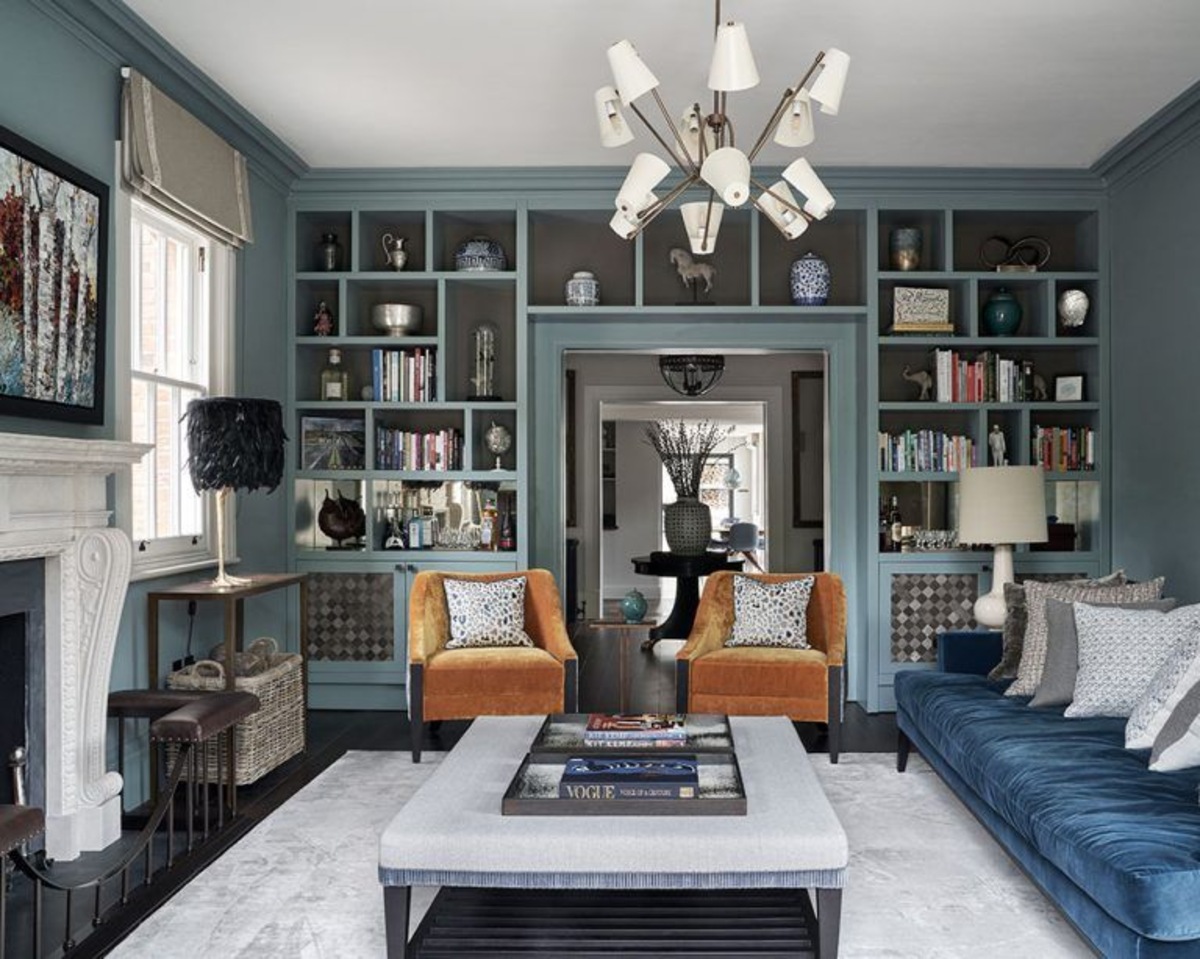


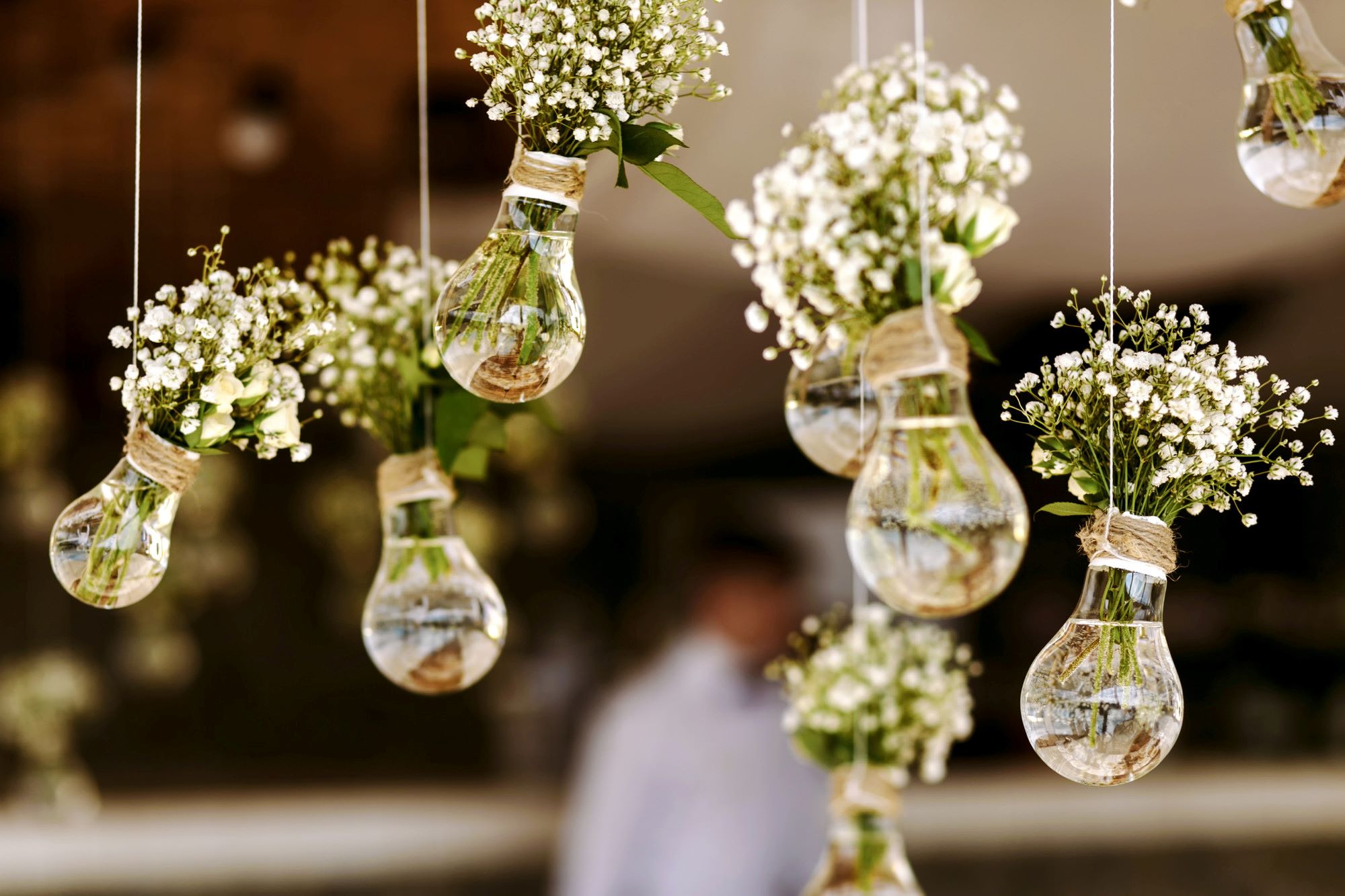
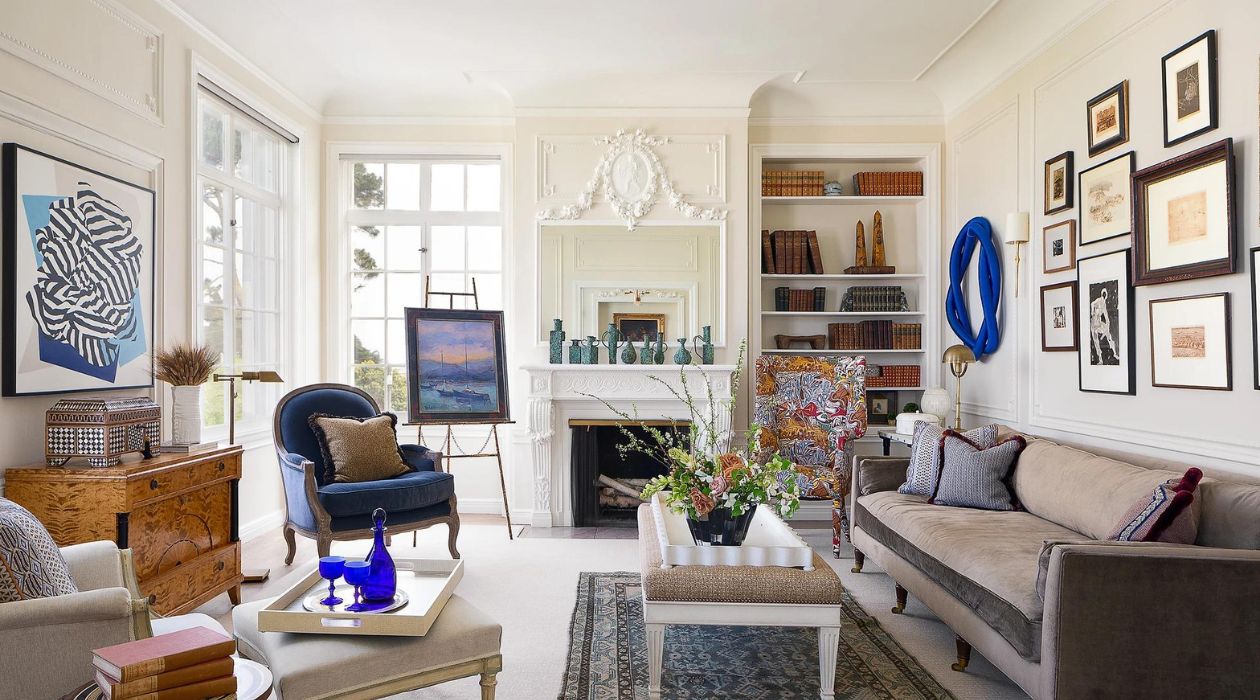


0 thoughts on “A Charming Early-Victorian Coach House In Dorset”